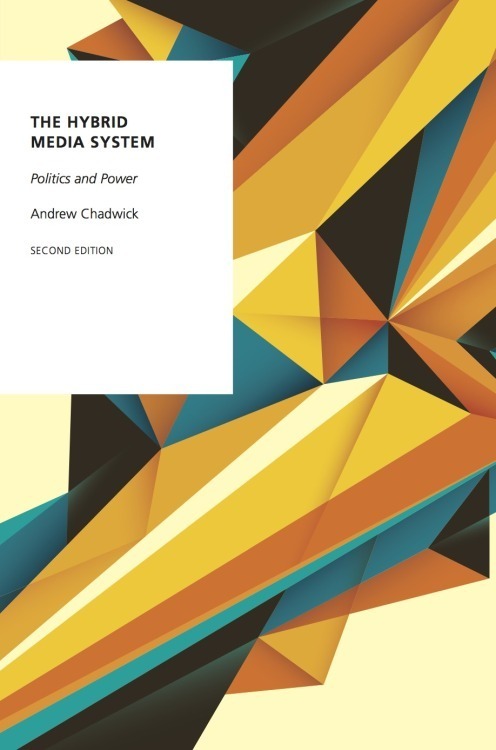On Instagram and Temporal Authenticity
/Last night, Tom Standage tweeted a link to an interesting piece about the merits or otherwise of the popular photo editing and sharing service, Instagram. I retweeted Tom’s link and followed this up with the point that the main problem with Instagram is that these retro effects look great now, but will you really want to look at these photos in five or ten years time? My remark received a few retweets and today I received a couple of interesting emails today about this, so I thought I’d briefly explain what I meant.
It’s not the effects-as-cheating line that bothers me; photography has never been an authentic representation of the real. But there are other aspects to authenticity and this is where Instagram falls down. What bothers me most is the loss of the temporal markers that give a photo its unique value. These come from the camera, the lens, the film (in the analog world), and the natural light, and so on, at the time the photo was shot. What Instagram does, with its retro effects, is reproduce these old “classic” artifacts, but inauthentically.
What we really want with a photo, when we look back in ten years or so, is an authentic sense of the time and place in which it was shot. You could argue that digital photography has reduced the differences between photographs shot on the different digital cameras, but those differences are still there, and they’re often quite stark—just compare digital snaps from ten years ago with the ones you’re taking now, or look at the grainy night time shots you took on your phone’s camera during a night out with friends, and you’ll see what I mean. You can place photos in time using these markers. This is what makes old photos—analog and now digital—uniquely appealing.
Instagram messes with this appeal, in the interests of a superficially attractive, ironic nod toward the messy artefacts of analogue photography. That’s what’s wrong with it, in my view.



